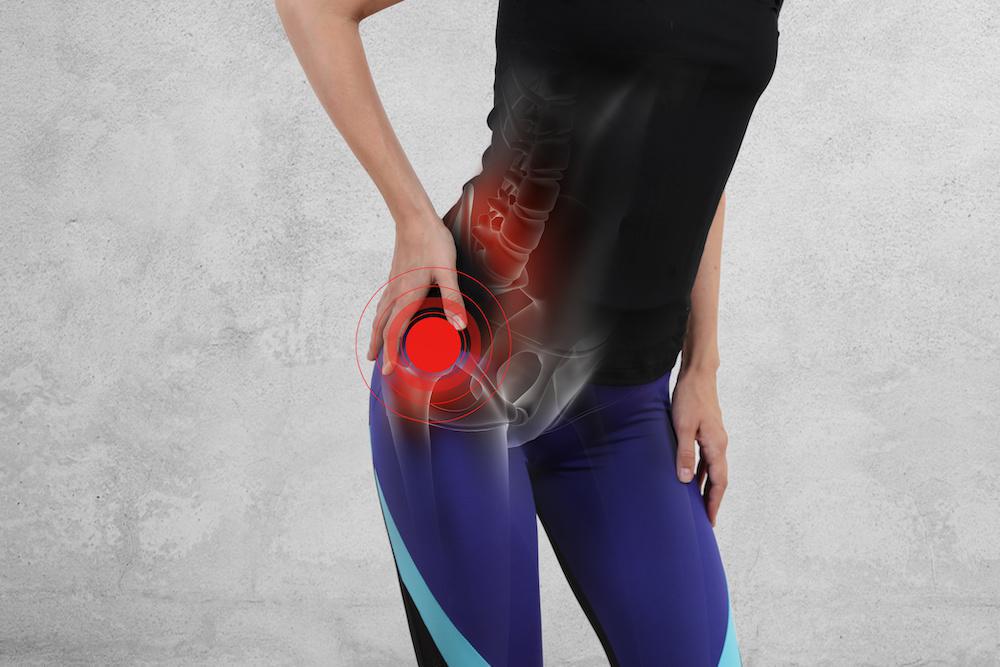The knee, one of the most complex and largest joints in the human body, plays a vital role in enabling flexible movement and supporting the body’s weight. Understanding its anatomy can help you appreciate its function and the importance of maintaining knee health.
The Bones
The knee joint involves three primary bones: the femur (thigh bone), the tibia (shin bone), and the patella (kneecap). The femur and tibia meet to form the main joint, while the patella sits in front of the femur to provide protection and improve leverage.
The Cartilage
Between the femur and tibia are two crescent-shaped pieces of cartilage called menisci, which act as shock absorbers to cushion the joint and reduce friction during movement. Also, the ends of the bones are covered by a smooth articular cartilage to help them glide more easily against each other.
The Ligaments
The knee has four main ligaments, strong bands of tissue that connect bones and control joint movement:
Anterior Cruciate Ligament (ACL) and Posterior Cruciate Ligament (PCL): These cross each other in the middle of the knee, controlling its forward and backward movement.
Medial Collateral Ligament (MCL) and Lateral Collateral Ligament (LCL): These run along the inner and outer sides of the knee, controlling sideways movement.
The Tendons and Muscles
Several important tendons and muscles also contribute to knee function:
Quadriceps Tendon: This connects the quadriceps muscle at the front of the thigh to the patella.
Patellar Tendon: This extends from the patella to the front of the tibia.
Hamstring Muscles: These run down the back of the thigh and help in bending the knee.
The Bursae
The knee contains several small fluid-filled sacs called bursae that reduce friction between the moving parts of the knee.
Conclusion
The knee’s complex structure of bones, cartilage, ligaments, tendons, muscles, and bursae work together to enable movement and flexibility. Understanding this anatomy can help you recognize the importance of knee health and guide you in taking preventative measures against injuries. If you ever experience knee pain or other knee problems, don’t hesitate to seek professional medical advice.








